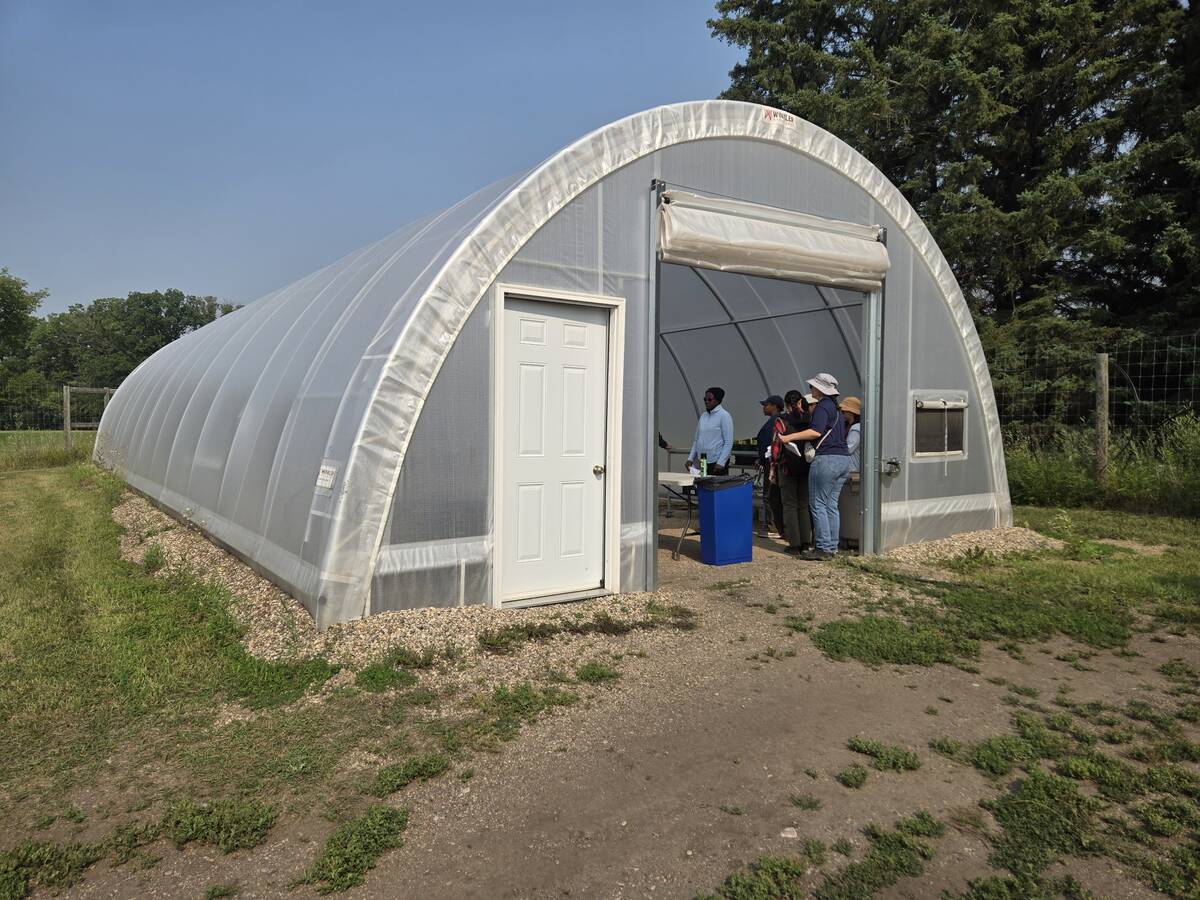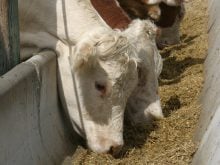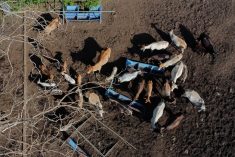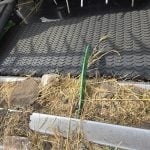Crop scientists in Australia have developed a salt tolerant high yielding durum wheat.
But farmers in Western Canada shouldn’t expect it to show up at their local seed dealer any time soon.
The first step in getting it here would be to gain access to the Aussie scientists’ genetic material and test it under Canadian conditions.
But veteran wheat breeder Ron
DePauw of the Agriculture Canada research centre at Swift Current, Sask., said that’s easier said than done in an era when intellectual property rights are as big a part of plant research as breeding techniques.
Read Also

Manitoba horticulture hits the books
The 2025 Horticulture School in Brandon covered tools to extend Manitoba’s vegetable and fruit growing season, horticulture crop agronomy and new research like peat sustainability
“Twenty years ago, there was a great openness and sharing of genetic resources, knowledge, information and so on among researchers,” he said.
That’s no longer the case.
“People are now thinking about how they can extract value from their discovery and lawyers and accountants get involved.”
DePauw said durum breeder Danny Singh at the Swift Current centre has been trying to work something out with the Australians for about two years, but to no avail.
Singh could not be reached for comment.
The Commonwealth Scientific and Industrial Research Organization conducted the Australian research.
In a recent news release, the organization announced it had developed a salt-tolerant durum that yields 25 percent more than the parent variety in saline soils.
The new variety contains salt-tolerant genes, Nax1 and Nax2, derived from an old wheat relative called triticum monococcum. The genes exclude sodium from the plant leaves by limiting their ability to move to the shoots from the roots.
Using traditional non-GM breeding techniques, the scientists were able to introduce the genes into durum wheat lines.
DePauw said approximately 10 percent of western Canadian farmland is affected by salinity. Its effect on yield and production depends on the concentration of salt in a specific growing area.
“There are some areas where nothing will grow because it’s too salty,” he said. “But I wouldn’t hazard a guess as to how much area that involves.”
It’s difficult to get a handle on the extent of the salinity problem because salt moves up and down in the soil over time.
One estimate quoted on the Alberta Agriculture website pegged the number at 3.3 million acres in Saskatchewan, 1.6 million acres in Alberta and 600,000 acres in Manitoba.
Even in areas with low salinity, salty soil can prevent a crop from reaching its optimum productivity and undermine the value of inputs applied to the crop.
DePauw noted that salts in Australia are chlorides, while salts in Western Canada are sulphates, so it’s unclear without further testing how the results from Australia would translate.














